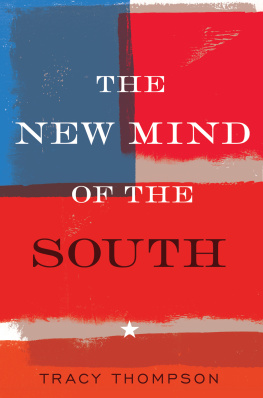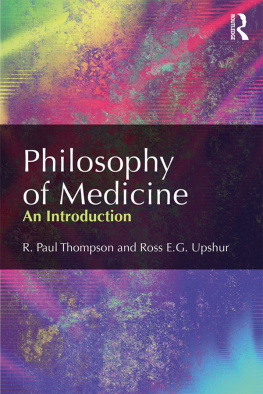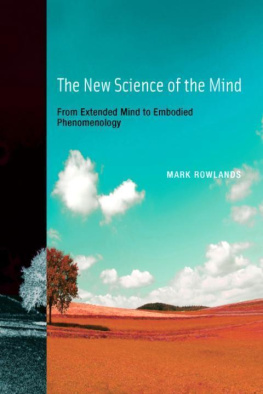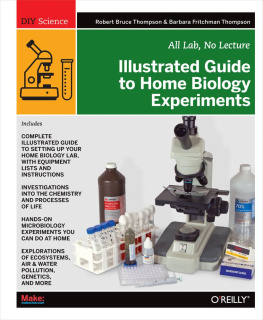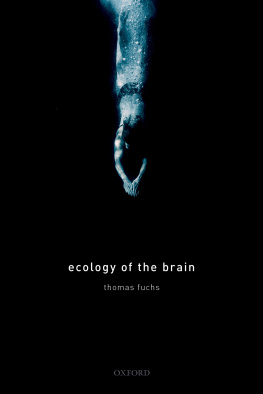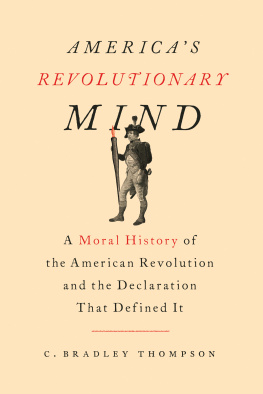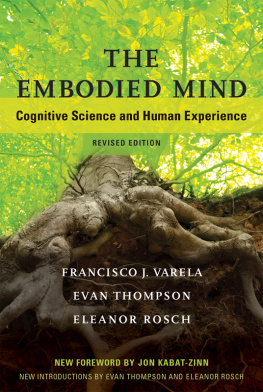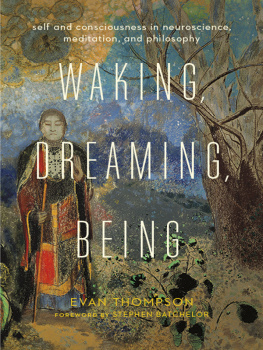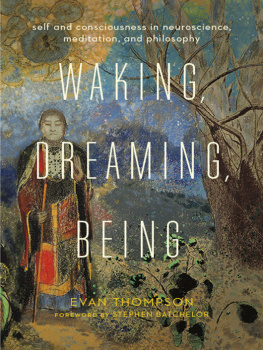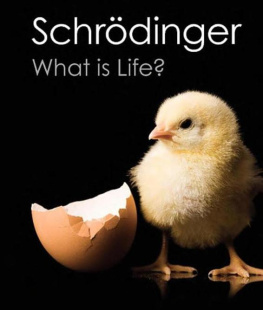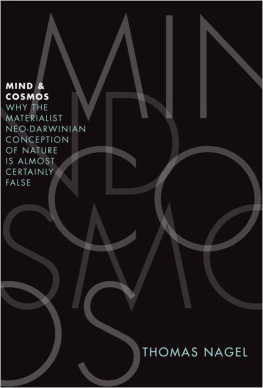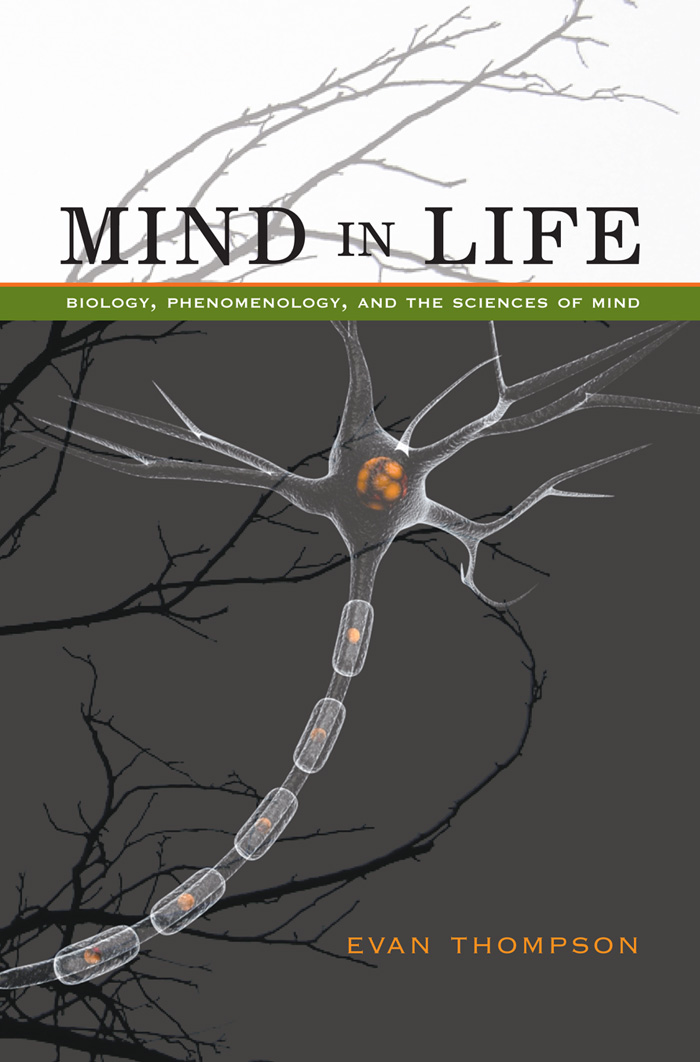Mind in Life
Mind in Life
BIOLOGY, PHENOMENOLOGY,
AND THE SCIENCES OF MIND

Evan Thompson
THE BELKNAP PRESS OF
HARVARD UNIVERSITY PRESS
Cambridge, Massachusetts
London, England
Copyright 2007 by the President and Fellows of Harvard College
All rights reserved
Printed in the United States of America
First Harvard University Press paperback edition, 2010
Library of Congress Cataloging-in-Publication Data
Thompson, Evan.
Mind in life : biology, phenomenology, and the sciences of mind / Evan Thompson.
p. cm.
Includes bibliographical references and index.
ISBN 978-0-674-02511-0 (cloth : alk. paper)
ISBN 978-0-674-05751-7 (pbk.)
1. Consciousness. 2. Philosophy of mind. 3. Phenomenology. 4. Mind and body.
5. Experience. I. Title.
B808.9.T45 2007
128.2dc22 2006050713
To
Gabriel Cohen Varela
Maximilian Todd Williams
Gareth Todd Thompson
Contents
THE THEME OF THIS BOOK is the deep continuity of life and mind. Where there is life there is mind, and mind in its most articulated forms belongs to life. Life and mind share a core set of formal or organizational properties, and the formal or organizational properties distinctive of mind are an enriched version of those fundamental to life. More precisely, the self-organizing features of mind are an enriched version of the self-organizing features of life. The self-producing or autopoietic organization of biological life already implies cognition, and this incipient mind finds sentient expression in the self-organizing dynamics of action, perception, and emotion, as well as in the self-moving flow of time-consciousness.
From this perspective, mental life is also bodily life and is situated in the world. The roots of mental life lie not simply in the brain, but ramify through the body and environment. Our mental lives involve our body and the world beyond the surface membrane of our organism, and therefore cannot be reduced simply to brain processes inside the head.
The chapters to come elaborate these ideas using material drawn from three main sourcesbiology, phenomenological philosophy, and psychology and neuroscience. The book as a whole is intended to bring the experimental sciences of life and mind into a closer and more harmonious relationship with phenomenological investigations of experience and subjectivity.
The principal motive behind this aim is to make headway on one of the outstanding philosophical and scientific problems of our timethe so-called explanatory gap between consciousness and nature. Exactly how are consciousness and subjective experience related to the brain and body? It is one thing to be able to establish correlations between consciousness and brain activity; it is another thing to have an account that explains exactly how certain biological processes generate and realize consciousness and subjectivity. At the present time, we not only lack such an account, but also are unsure about the form it would need to have in order to bridge the conceptual and epistemological gap between life and mind as objects of scientific investigation, and life and mind as we subjectively experience them.
In this book, I offer no new or original theory or model of consciousness, no new conceptual analysis of physical and phenomenal concepts, and no new speculative metaphysical synthesis to unify consciousness and nature. My aim and approach are different. To make real progress on the explanatory gap, we need richer phenomenological accounts of the structure of experience, and we need scientific accounts of mind and life informed by these phenomenological accounts. Phenomenology in turn needs to be informed by psychology, neuroscience, and biology. My aim is not to close the explanatory gap in a reductive sense, but rather to enlarge and enrich the philosophical and scientific resources we have for addressing the gap. My approach is thus to bring phenomenological analyses of experience into a mutually illuminating relationship with scientific analyses of life and mind.
I CANNOT HELP but think of this book as exemplifying what philosophers call the bundle theory of personal identity. According to the bundle theory, there is no single and permanent self that persists through time; the self is rather a bundle of constantly changing and psychologically continuous experiences or mental episodes. Similarly, this book began many years ago and has undergone so many transformations since its inception that I cannot say with any confidence that it is the same book I started work on more than ten years ago.
Originally, this book (or its textual ancestor) was supposed to be co-authored with Francisco Varela. We had hoped to write a follow-up to our book (co-authored with Eleanor Rosch), The Embodied Mind: Cognitive Science and Human Experience (MIT Press, 1991). When we began planning our new book (in 1994), Francisco had just learned that he was chronically ill with Hepatitis C. Thus, from the beginning, a sense of urgency lay over this book. Eventually it became clear that Francisco would need a liver transplant. At this time (in 1998), Francisco decided to step back from the project and encouraged me to continue on my own. I thus set about to revise the book by myself. After the success of the transplant, Francisco felt new enthusiasm for the project, and we tried to resume our collaborative efforts. Sadly, his illness returned not long afterward, and Francisco died on May 28, 2001, at his home in Paris. The obituary I wrote a few days later for the online journal Psyche can be read at: http://psyche.cs.monash.edu.au/v7/psyche-712-thompson.html An abridged version was also published in Journal of Consciousness Studies 8 (2001): 6669.
After Franciscos death, I tried to continue writing this book as a co-authored one. But there was still a large amount of writing to be done, and as time passed it became clear that the book needed to be completely recast and rewritten by me alone. I reorganized and rewrote the chapters, and changed the title twice, before the book finally took its present form. Thus, although the enormous influence of Franciscos thought will be evident to anyone who reads this book, I bear full responsibility for this works contents, and all shortcomings and errors are mine.
Over the long and difficult time it has taken to produce this book, I have had the support and encouragement of many people.
No one has given me more encouragement, aid, and love, and shared more in the tumultuous life of this book, than Rebecca Todd. The love and gratitude I feel are beyond expression. In addition to living with my long periods of self-absorption while struggling with this book, she has read numerous drafts and helped me improve my thinking and writing immeasurably. I cannot imagine having written this book without her.
Our sons Maximilian Todd Williams and Gareth Todd Thompson have had to endure my working on this book for almost their entire lives. My gratitude to them is boundless. I dedicate this book to them, and to our dear family friend, Gabriel Cohen Varela, son of Francisco Varela and Amy Cohen Varela, and the same age as my younger son.
Gail Thompson, William Irwin Thompson, and Hilary Thompson have given great support in ways too numerous to detail. I am deeply grateful to them.
I also express deep thanks to John and Nancy Todd for their encouragement over many years.


